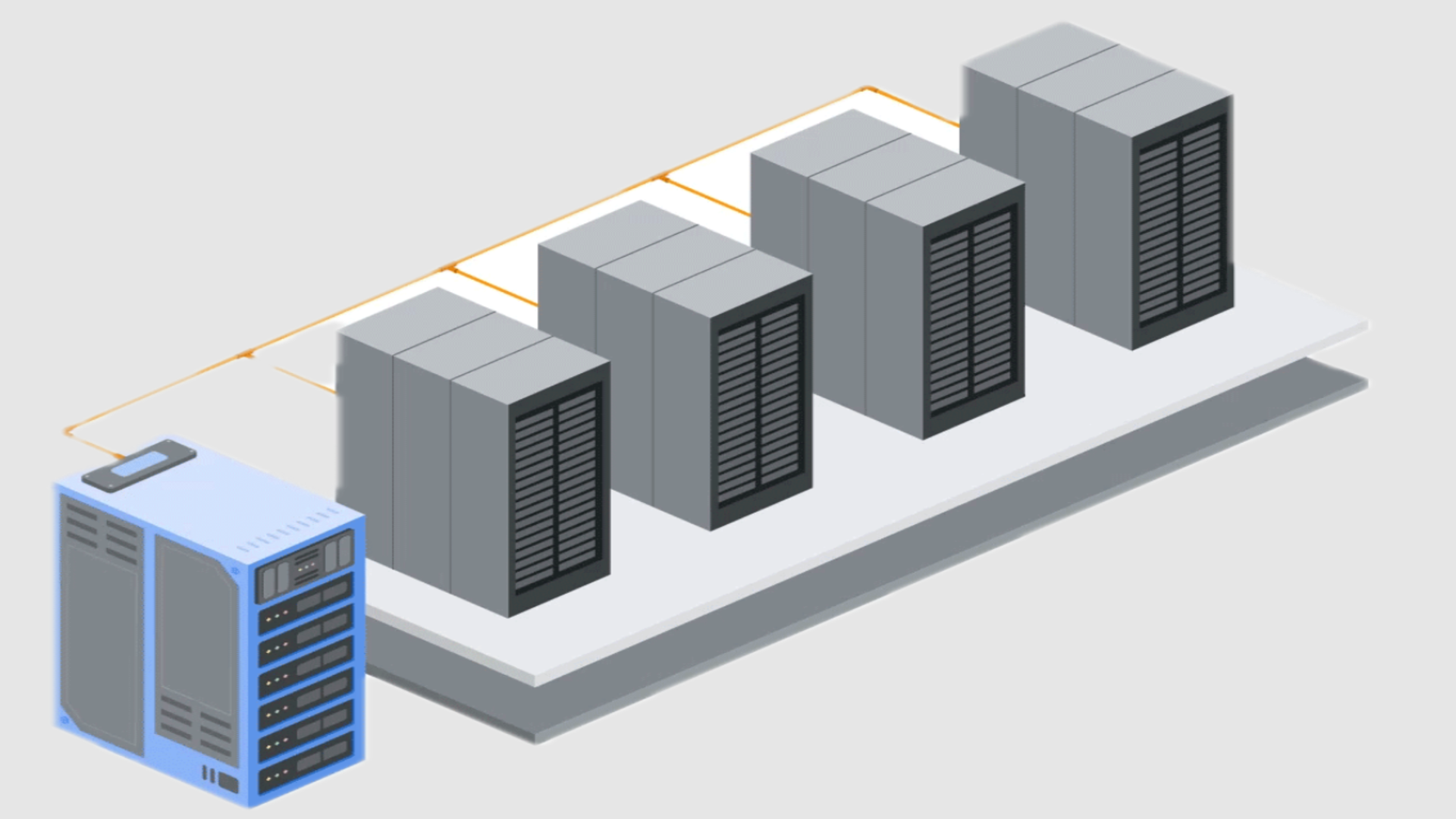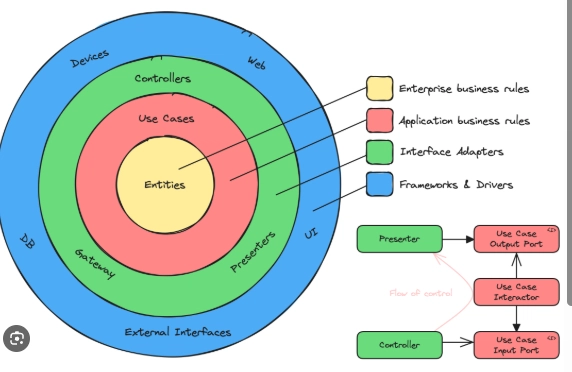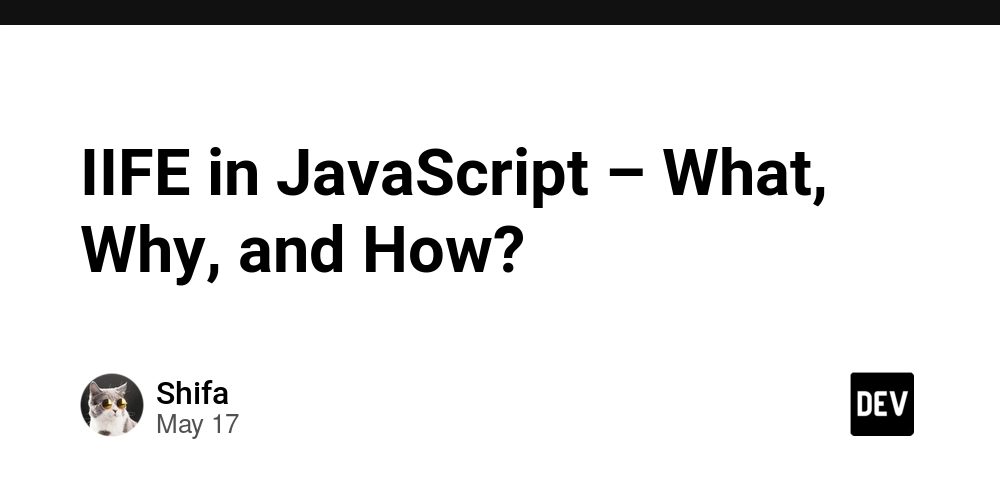Solving Software Problems with Common Sense: Lessons from Pólya
Whether you’re debugging a stubborn production issue or architecting a scalable system, the nature of software development is deeply problem-solving at its core. Yet we rarely take a step back and ask: Are we solving problems effectively? Turns out, a Hungarian mathematician from the 20th century has some timeless advice for us. This post dives into some gold from George Pólya’s classic book, How to Solve It, and shows how its common-sense techniques originally meant for mathematics,are surprisingly useful for software engineers. General Thinking = General Debugging Pólya's core idea is that general, common-sense questions help solve all kinds of problems,not just math ones. Consider these: What is the unknown? What are the data? What is the condition? These aren't math questions—they’re universal. They work whether you're debugging a REST API, writing a migration plan, or planning a product feature. The trick is reframing your software problem with these questions. Let’s say your frontend is crashing when loading user data. Ask yourself: What’s the unknown? → Why is the crash happening? What are the data? → Network logs, error messages, recent code changes. What is the condition? → The crash only happens for certain users, maybe related to user-specific data. By walking through this framework, you go from flailing around to methodically narrowing the cause. This is structured debugging with just a splash of Pólya. Look at the Unknown One of Pólya's tips is deceptively simple: “Look at the unknown and try to think of a familiar problem having the same or a similar unknown.” In software, this is almost instinct. You hit a weird bug and go: “Wait—I’ve seen something like this before…” That’s your brain unconsciously following Pólya’s advice. Example: Let’s say your cache isn’t invalidating correctly. Think of a “similar unknown”: When else have cache keys not updated? Could a stale value in Redis be affecting something else? Pattern recognition is what makes senior devs fast. What Pólya does is make that pattern explicit, so juniors and seniors alike can apply it on purpose. Teaching Problem-Solving: Beyond Stack Overflow Pólya also touches on how teachers (or mentors) should use these questions not just to solve a problem but to teach students how to think. In software: Don’t just tell a junior dev “It’s a race condition.” Ask: “What is the unknown? What’s changing when the error occurs? Have you seen this behavior before?” This slow Socratic method builds real problem-solving muscle. Over time, they’ll start asking the questions themselves. That’s not just mentorship—that’s engineering leadership. Four Phases of Problem Solving in Code Pólya breaks problem-solving into four steps: Understand the problem Devise a plan Carry out the plan Look back In software: Phase Software Example

Whether you’re debugging a stubborn production issue or architecting a scalable system, the nature of software development is deeply problem-solving at its core.
Yet we rarely take a step back and ask: Are we solving problems effectively?
Turns out, a Hungarian mathematician from the 20th century has some timeless advice for us.
This post dives into some gold from George Pólya’s classic book, How to Solve It, and shows how its common-sense techniques originally meant for mathematics,are surprisingly useful for software engineers.
General Thinking = General Debugging
Pólya's core idea is that general, common-sense questions help solve all kinds of problems,not just math ones. Consider these:
- What is the unknown?
- What are the data?
- What is the condition?
These aren't math questions—they’re universal.
They work whether you're debugging a REST API, writing a migration plan, or planning a product feature.
The trick is reframing your software problem with these questions.
Let’s say your frontend is crashing when loading user data. Ask yourself:
- What’s the unknown? → Why is the crash happening?
- What are the data? → Network logs, error messages, recent code changes.
- What is the condition? → The crash only happens for certain users, maybe related to user-specific data.
By walking through this framework, you go from flailing around to methodically narrowing the cause.
This is structured debugging with just a splash of Pólya.
Look at the Unknown
One of Pólya's tips is deceptively simple: “Look at the unknown and try to think of a familiar problem having the same or a similar unknown.”
In software, this is almost instinct.
You hit a weird bug and go:
“Wait—I’ve seen something like this before…”
That’s your brain unconsciously following Pólya’s advice.
Example: Let’s say your cache isn’t invalidating correctly. Think of a “similar unknown”:
- When else have cache keys not updated?
- Could a stale value in Redis be affecting something else?
Pattern recognition is what makes senior devs fast.
What Pólya does is make that pattern explicit, so juniors and seniors alike can apply it on purpose.
Teaching Problem-Solving: Beyond Stack Overflow
Pólya also touches on how teachers (or mentors) should use these questions not just to solve a problem but to teach students how to think.
In software:
- Don’t just tell a junior dev “It’s a race condition.”
- Ask: “What is the unknown? What’s changing when the error occurs? Have you seen this behavior before?”
This slow Socratic method builds real problem-solving muscle.
Over time, they’ll start asking the questions themselves.
That’s not just mentorship—that’s engineering leadership.
Four Phases of Problem Solving in Code
Pólya breaks problem-solving into four steps:
- Understand the problem
- Devise a plan
- Carry out the plan
- Look back
In software:












































































































































































![[The AI Show Episode 146]: Rise of “AI-First” Companies, AI Job Disruption, GPT-4o Update Gets Rolled Back, How Big Consulting Firms Use AI, and Meta AI App](https://www.marketingaiinstitute.com/hubfs/ep%20146%20cover.png)













































































































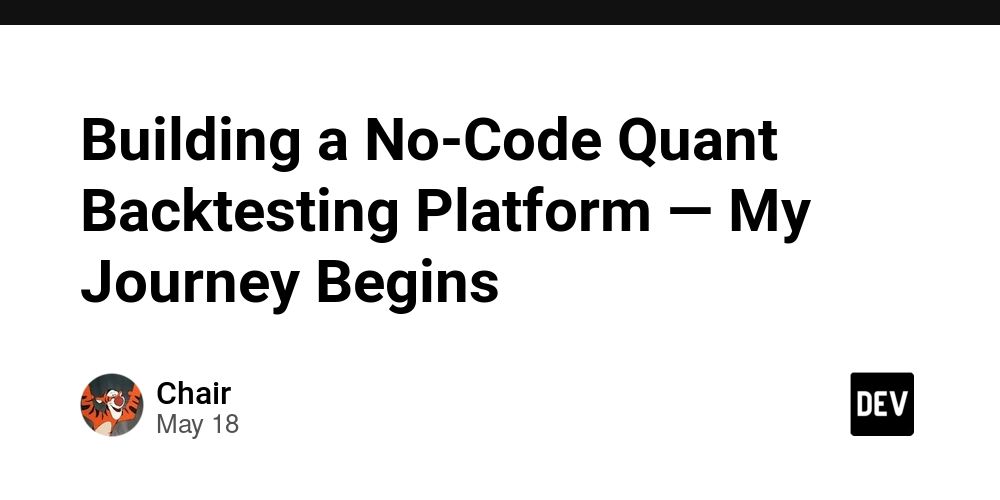
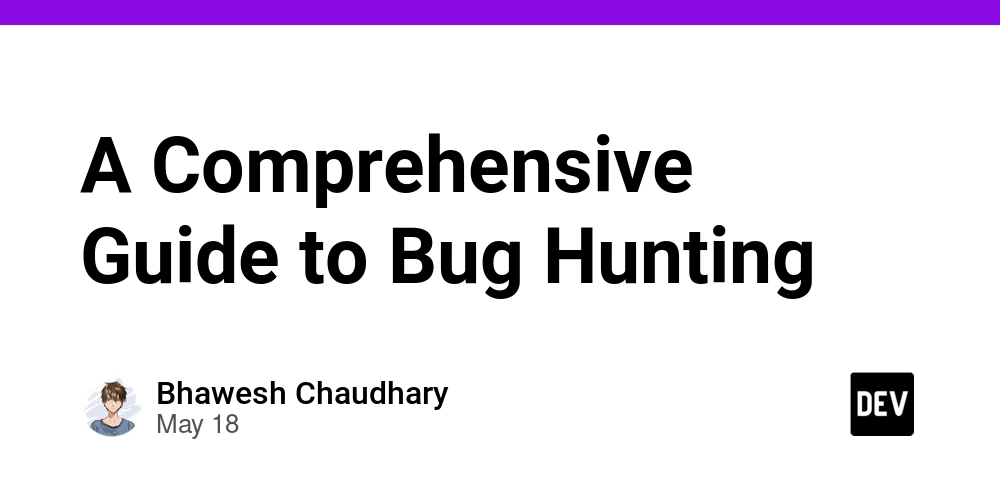
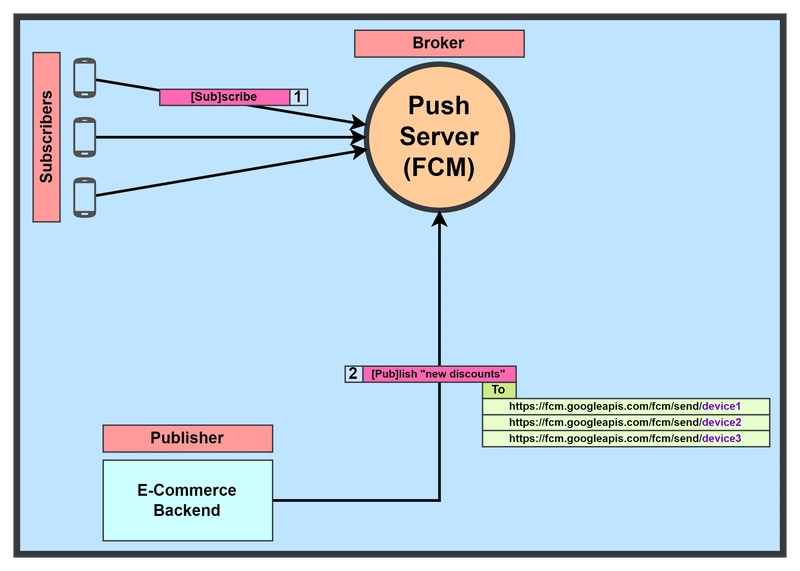










![[FREE EBOOKS] Modern Generative AI with ChatGPT and OpenAI Models, Offensive Security Using Python & Four More Best Selling Titles](https://www.javacodegeeks.com/wp-content/uploads/2012/12/jcg-logo.jpg)




![How to make Developer Friends When You Don't Live in Silicon Valley, with Iraqi Engineer Code;Life [Podcast #172]](https://cdn.hashnode.com/res/hashnode/image/upload/v1747360508340/f07040cd-3eeb-443c-b4fb-370f6a4a14da.png?#)


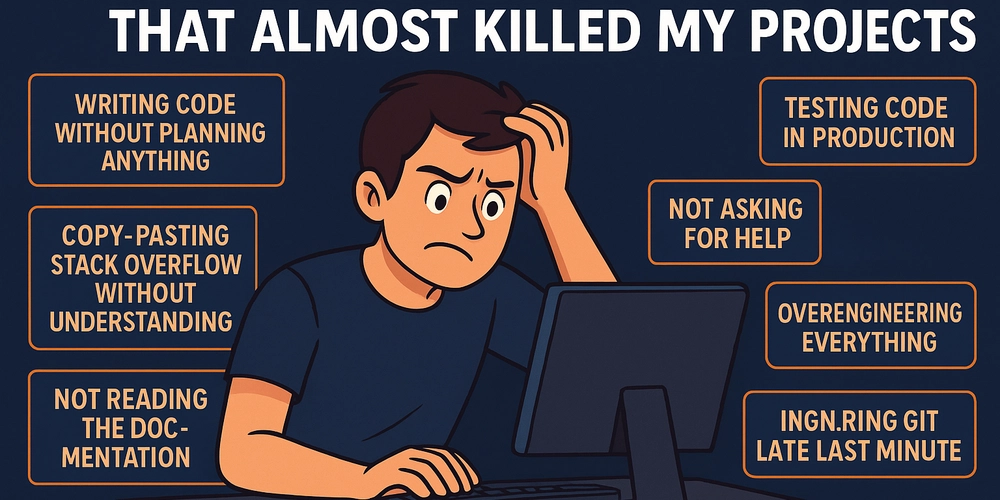







































































































































![[Virtual Event] Strategic Security for the Modern Enterprise](https://eu-images.contentstack.com/v3/assets/blt6d90778a997de1cd/blt55e4e7e277520090/653a745a0e92cc040a3e9d7e/Dark_Reading_Logo_VirtualEvent_4C.png?width=1280&auto=webp&quality=80&disable=upscale#)




































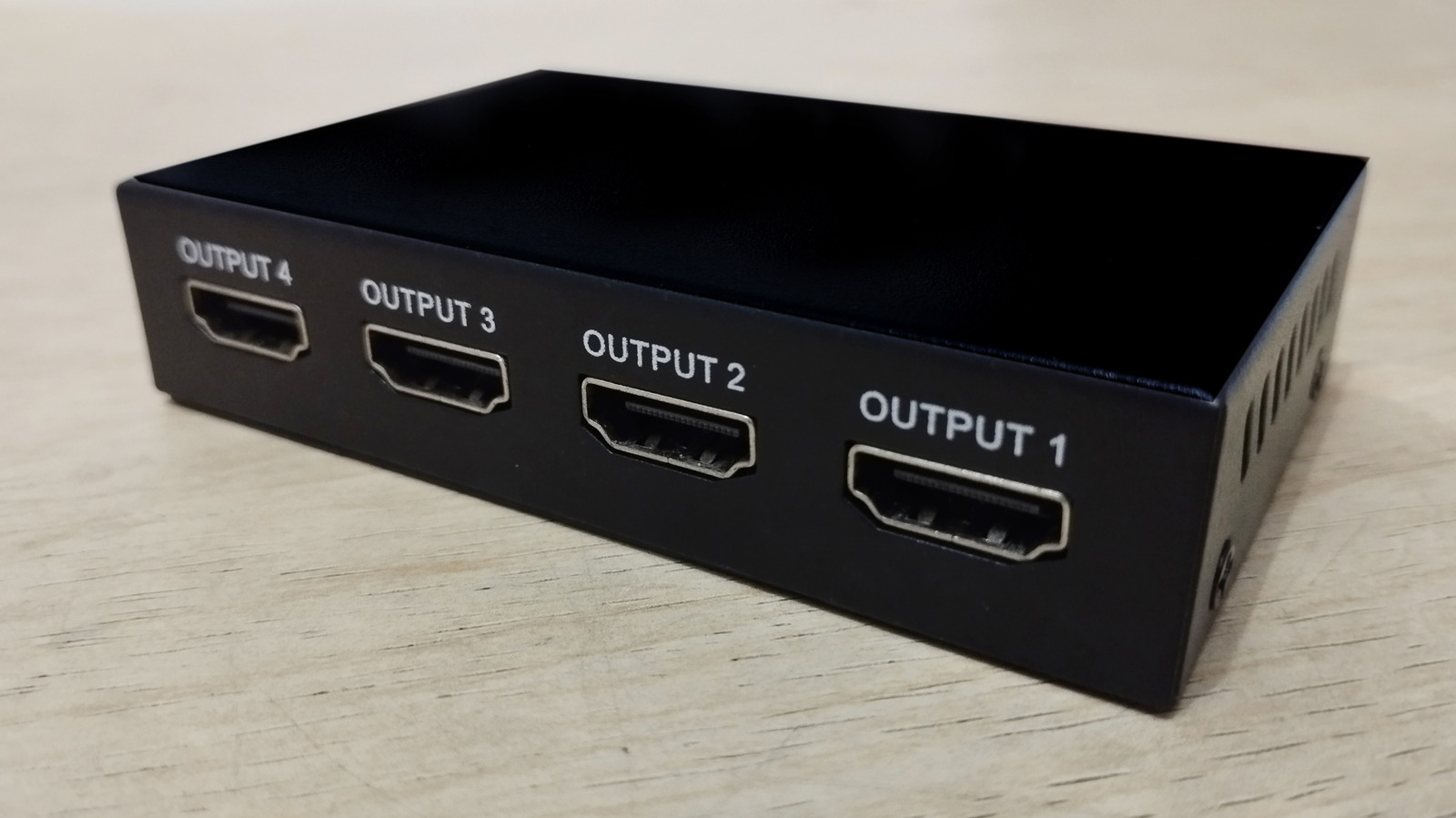








































-xl-(1)-xl-xl.jpg)


























![iPhone 17 Air Could Get a Boost From TDK's New Silicon Battery Tech [Report]](https://www.iclarified.com/images/news/97344/97344/97344-640.jpg)
![Vision Pro Owners Say They Regret $3,500 Purchase [WSJ]](https://www.iclarified.com/images/news/97347/97347/97347-640.jpg)
![Apple Showcases 'Magnifier on Mac' and 'Music Haptics' Accessibility Features [Video]](https://www.iclarified.com/images/news/97343/97343/97343-640.jpg)
![Sony WH-1000XM6 Unveiled With Smarter Noise Canceling and Studio-Tuned Sound [Video]](https://www.iclarified.com/images/news/97341/97341/97341-640.jpg)















